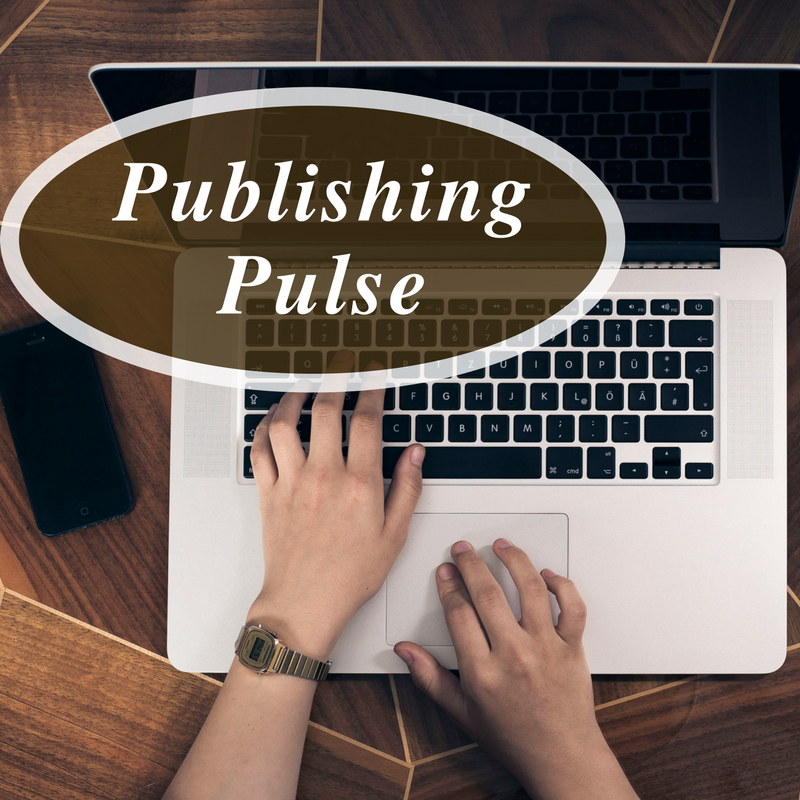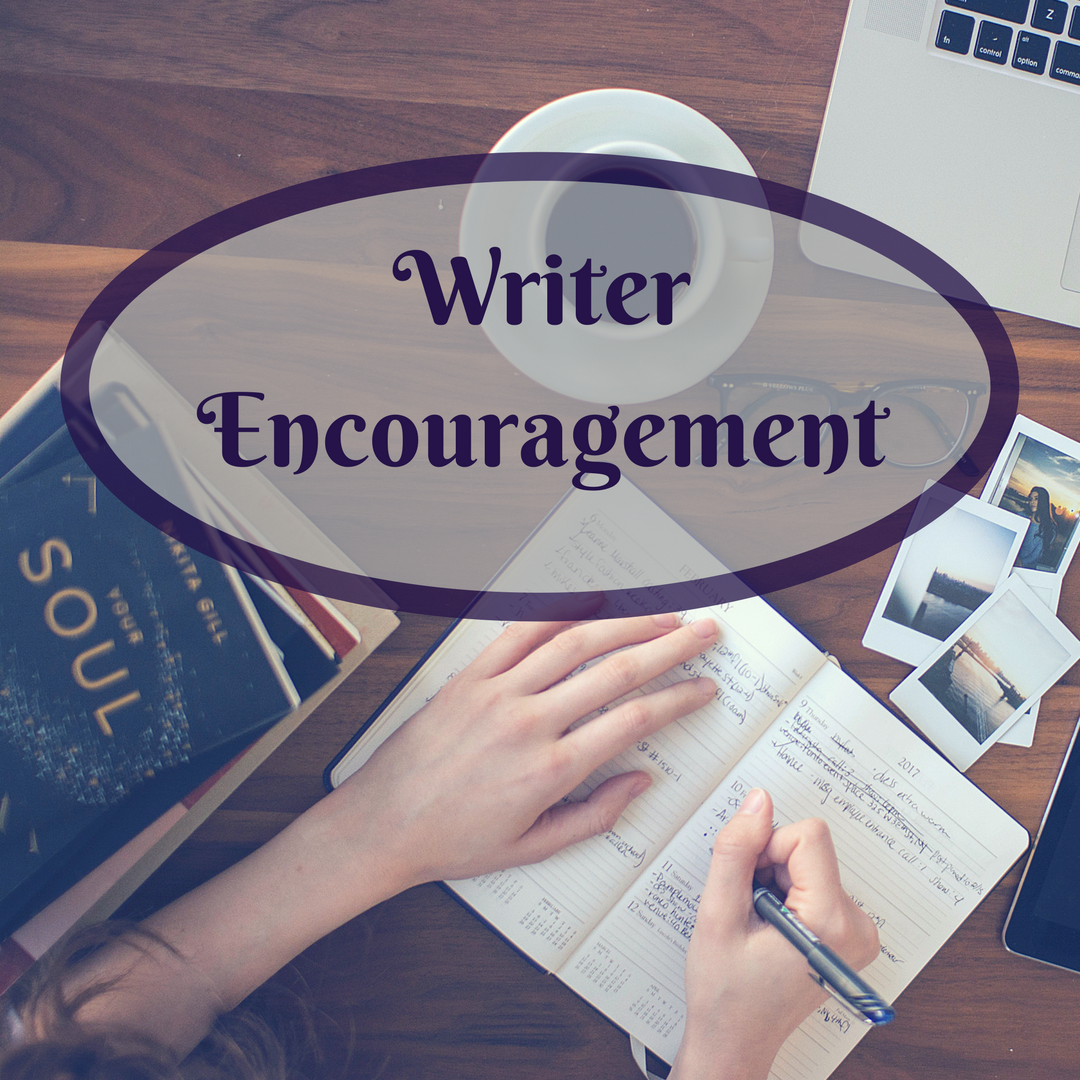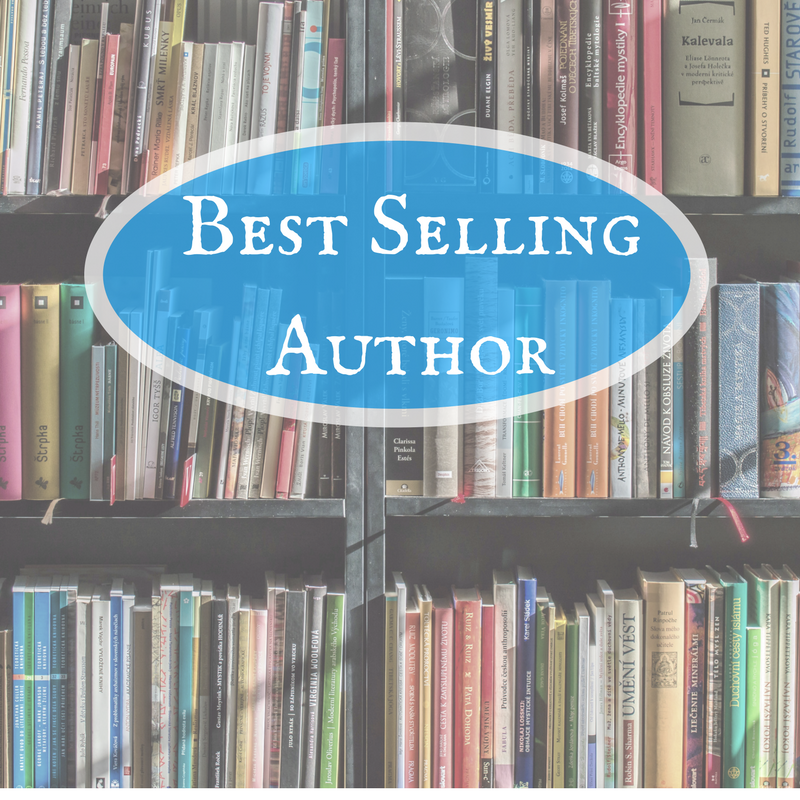
Can you share a little about your recent book?
It’s The Accidental Guardian, and is available.
When Trace Riley finds the smoldering ruins of a small wagon train, he recognizes the hand behind the attack as the same group who left him as sole survivor years ago. Living off the wilderness since then, he’d finally carved out a home and started a herd—while serving as a self-appointed guardian of the trail, driving off dangerous men. He’d hoped those days were over, but the latest attack shows he was wrong.
Deborah Harkness saved her younger sister and two toddlers during the attack, and now finds herself at the mercy of her rescuer. Trace offers the only shelter for miles around, and agrees to take them in until she can safely continue. His simple bachelor existence never anticipated kids and women in the picture and their arrival is unsettling–yet enticing.
Working to survive the winter and finally bring justice to the trail, Trace and Deborah find themselves drawn together–yet every day approaches the moment she’ll leave forever.
Why do you write? Do you have a theme, message, or goal for your books?
These are two really different questions. Why do I write? Oh, I just started at the urging of a friend and now I can’t quit. It’s really as simple as that. I love it. I doubt I could quit if I wanted to. Which I don’t.
I really just set out to tell an action-packed, romantic, funny book and if there’s a theme or message in that, it probably snuck in there by accident.
How long have you been writing?
I wrote for ten years before I got my first contract and that was in 2005. So wow, twenty-three years? If I was a mailman I could retire now with a nice pension.
And how long did it take you to get your first major book contract? Or are you published non-traditionally?
I answered the ‘how long’ question above, but a nice sidelight to those ten years was, at the end of that ten years, I had twenty finished books on my computer. I’ve now published about fifteen of them. I am traditionally published. I’ve done just a little indie work, enough to be really intrigued by it, especially when it comes to those five books still on my computer.
How long does it take you to write a book?
I write 1000 words a day, seven days a week. I write a book in about three months. It’s not finished but it’s not a first draft either. I spend time revising it and usually have it ready to send into my publisher ahead of time.
What’s your writing work schedule like?
I tend toward nighttime writing because I’m a raving insomniac. I’m writing the answers to this interview at 10:30 at night. But I’m pretty flexible and can write any time of the day.
Do you have an interesting writing quirk? If so, what is it?
Well, being a writer is really quirky to begin with. Adding more quirks is just overload. Let’s go with NO (and we won’t ask my husband if he knows of any)
What has been your greatest joy(s) in your writing career?
Oh, that’s easy (although there have been many) My first sale. I earned my first contract from Barbour Publishing at the American Christian Fiction conference. They used to give out a contract every year and I knew I was a contender, they had a book of mine and had asked for revisions. At an evening dinner, in front of about 350 authors, they called my name and I went up front to thunderous applause and got a slip of paper saying they wanted to buy my book. I still get chills just typing this. It was a sweet, beautiful, thrilling moment.
What has been your darkest moment(s)?
You mean in writing? I honestly love writing. And I tried for so long. There was little to no such thing as indie pubbed back then so the only way was through a traditional publisher. I’ve sure had some huge disappointments during those ten years of struggle to get published. But I’m not counting any of it as dark. I’m so amazed that I have a career as a writer. I refuse to let myself be upset by much.
Which of your books is your favorite?
Now this question here is just pure MEAN! I love all my books. Because an author tends to get deeply involved with her characters, the real answer is THE ONE I’M WRITING NOW! But that’s boring.
Hmmmm….funniest scene…the wedding scene in Now and Forever, book #2 of the Wild at Heart series. A close second, the wedding scene in Calico Canyon.
Most touching scene, possibly favorite. When Mandy McClellen finds Belle Tanner by a campfire, at a moment Mandy really needs help. Anyone who knows Belle Tanner from my book The Husband Tree, knows Mandy, who is in a tough spot, is going to be okay.
Runner up, Most Touching, Ruthy Stone declaring she is not going to be left behind when the big strong men say they are going to save an abused woman. (from Swept Away, Trouble in Texas #1). When she calls her husband a liar to his face if he won’t admit she’s a better shot than him, a better tracker than him and as able to help as any man.
Best Action Scene…the opening of Over the Edge…stagecoach holdup.
Biggest Tear Jerker Scene…Bailey Wilde being stranded in her barn, in a blizzard on Christmas Eve and realizing how alone she is in the world. And Bailey who is the toughest woman alive, breaks down and cries. From Fire and Ice, book #3 of the Wild at Heart Series.
Biggest Surprise Cameo…Seth Kincaid showing up at the end of Too Far Down, book #3 of the Cimarron Legacy Series.
Who is your favorite author to read?
Do you remember when I said the former question was mean? Well, this is even worse. I have so many authors I read. I really am voracious. And I love books. I am a big fan of Ruth Logan Herne, Tina Radcliffe, Myra Johnson, Julie Lessman, Debby Giusti, Erica Vetsch…now see, this is just ridiculous. Because I’ve gotten more. No, fifteen more.
What advice can you give aspiring writers that you wished you had gotten, or that you wished you would have listened to?
Well, I did everything the hard way. So maybe it’s best not to listen to me. But…I consider five C’s when I think of how I got published. Contests, Conferences, Connections I made at those conferences, Critique groups, and Classes…mainly online and at conferences.
All of that is learning. All of that is a search for the skills you need to obtain in the craft of writing. Pour tons of energy into learning and then apply it. It’s all wasted if you don’t write. Write and keep writing. Use everything you learn. Finish the book. Start a new one. Write and keep writing.
How many times in your career have you experienced rejection? How did they shape you?
OH MY GOSH!!!!!!!!!!!! You could wallpaper a room. I counted one YEAR and had about forty. And I wrote for ten years before I got published so do the math!!! They did shape me a lot. I learned to take criticism. I grew a tough hide. Those one-star reviews on Amazon, HAH! I can take them with a smile. I’ll add here that at one point I had four teenage daughters at the same time who all considered me a HUGE embarrassment. So, I had a rhino hide from them. Not much upsets me overly.
Do you have a favorite character or scene in one of your books?
Stop that! I have two dozen favorite characters!
Where do you get your ideas?
I get a lot of my ideas for the next book from researching the current book. History is full of amazing, fascinating things. And when I’m reading along and find something that gives me chills, I pay attention and consider how to develop that further.
What are common mistakes you see aspiring writer’s make?
Too much backstory up front. This is a huge one. To start a book with the heroine driving a car and daydreaming as she thinks about her life and what brings her to this important moment. Don’t do that. Just start with the important moment and weave the backstory in.
Where/How do you recommend writers try to break into the market?
In this day of Indie pubbed I just don’t know. No one is ever going to wait ten years to get a book published like I did. And that’s probably good because I think I was ready for a few years before I sold. In fact, a book I’d had finished for five years was my second sale.
I think a lot of authors publish their books before they’re ready. But then a lot of rules are being broken and who made these stupid rules anyway? So, do whatever feels right to you.


BIO
Mary Connealy writes romantic comedy with cowboys. The Accidental Guardian is her fifty-fifth book. She is a two-time Carol Award winner and has been a finalist for the Rita and Christy Awards. She’s a lifelong Nebraska and lives with her very own romantic cowboy hero. She’s got four grown daughters and four spectacular grandchildren.
http://www.seekerville.blogspot.com
http://petticoatsandpistols.com
http://mconnealy.blogspot.com
http://www.maryconnealy.com
http://www.maryconnealy.com/newsletter.html
Facebook: https://www.facebook.com/maryconnealy
Twitter: http://twitter.com/maryconnealy
Buy link for The Accidental Guardian published by Bethany House Publishing, book #1 in the High Sierra Sweethearts Series: https://www.amazon.com/Accidental-Guardian-High-Sierra-Sweethearts-ebook/dp/B07879BFB2/ref=asap_bc?ie=UTF8
Buy link for Cowboys of Summer indie pubbed romance novella collection: https://www.amazon.com/Cowboys-Summer-Mary-Connealy-ebook/dp/B07BML7ZNG/ref=sr_1_1?s=digital-text&ie=UTF8&qid=1526702298&sr=1-1&keywords=cowboys+of+summer+mary+connealy

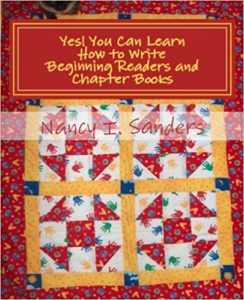
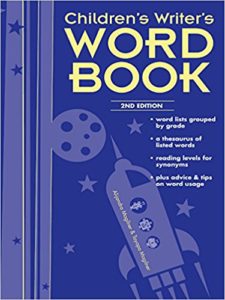

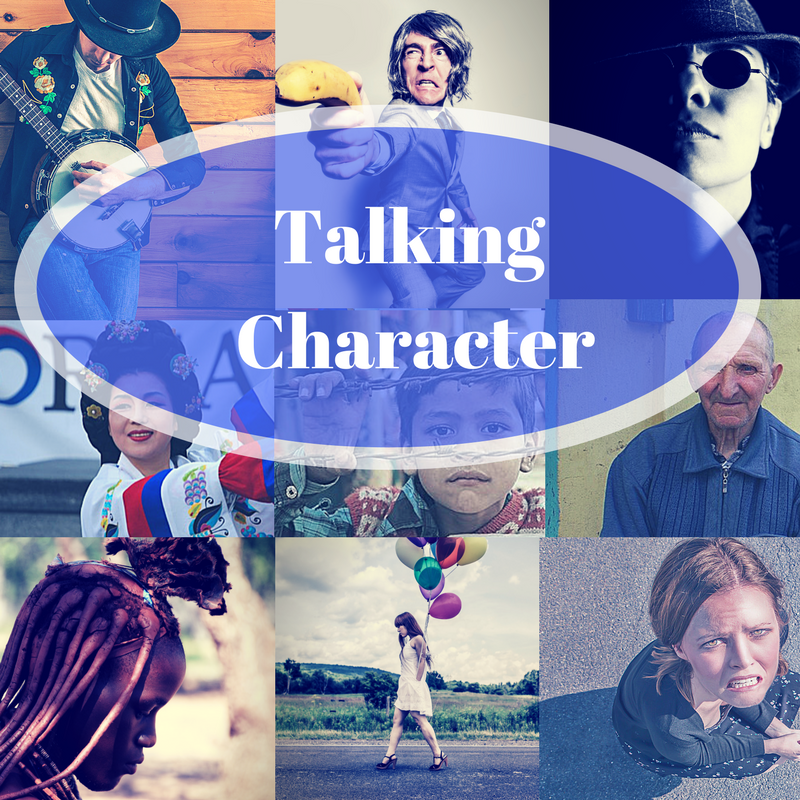



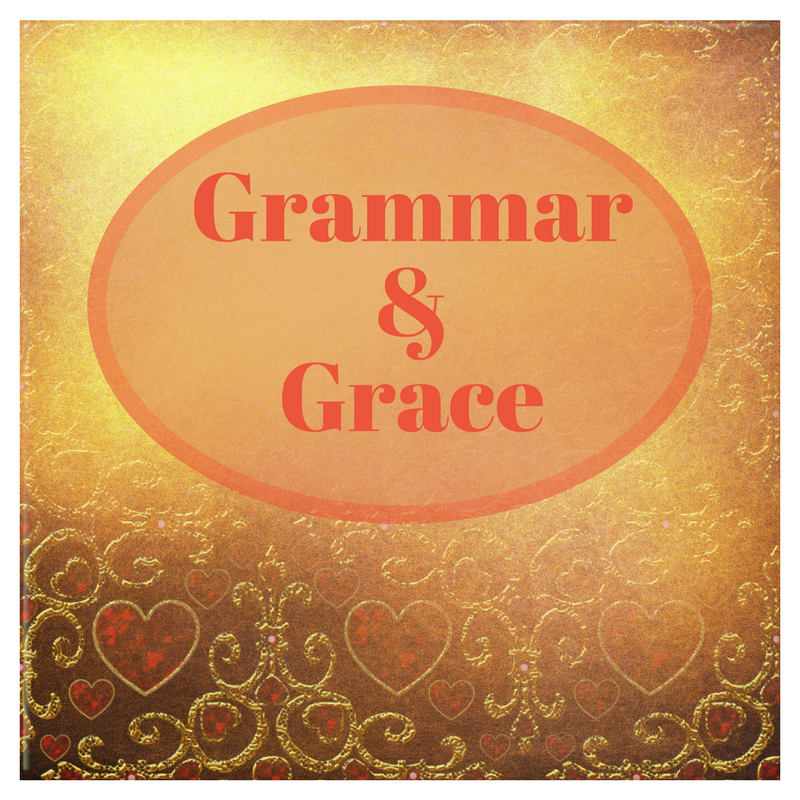






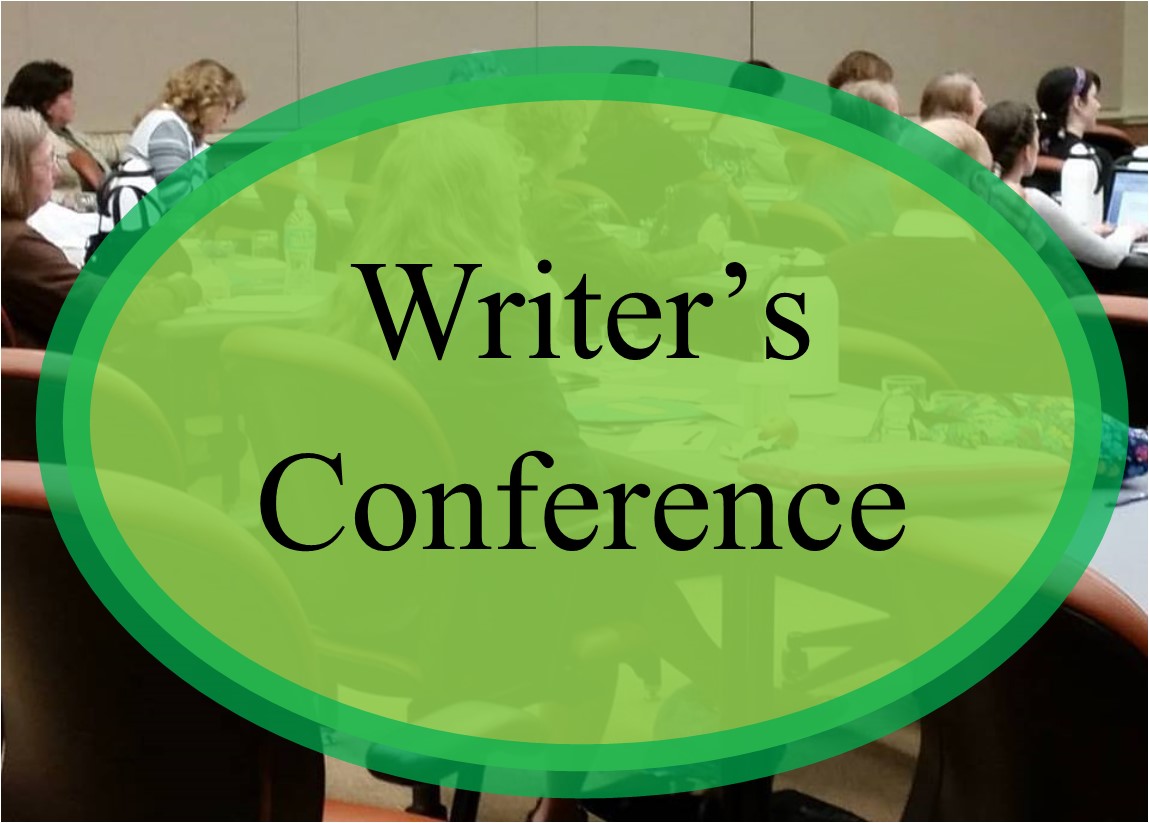


 Jake McCandless is an award-winning author, winner of the 2018 Selah Award for his non-fiction book Spiritual Prepepr. He is the Executive director for Stand Firm Ministries and Prophecy Simplified.. A long-time pastor who is now co-pastor of the innovative “above-ground underground,” online church, Endtime.Church., Jake has a B.A. in Bible and Pastoral Studies from Central Baptist College, and an Advanced Masters of Divinity from Southwestern Baptist Theological Seminary. He also is a regular contributor to WND News with voices such as Joseph Farrah, Pat Buchanan, Ann Coulter, Ben Carson, Chuck Norris, Joel Richardson, Carl Gallups. He also writes for the The Baptist Press along with other publications. He is also a regular guest on national radio and streaming web shows, along with hosting his daily radio program Prophecy Simplified Radio and weekly podcast Hold On. You can follow all Jake’s work at
Jake McCandless is an award-winning author, winner of the 2018 Selah Award for his non-fiction book Spiritual Prepepr. He is the Executive director for Stand Firm Ministries and Prophecy Simplified.. A long-time pastor who is now co-pastor of the innovative “above-ground underground,” online church, Endtime.Church., Jake has a B.A. in Bible and Pastoral Studies from Central Baptist College, and an Advanced Masters of Divinity from Southwestern Baptist Theological Seminary. He also is a regular contributor to WND News with voices such as Joseph Farrah, Pat Buchanan, Ann Coulter, Ben Carson, Chuck Norris, Joel Richardson, Carl Gallups. He also writes for the The Baptist Press along with other publications. He is also a regular guest on national radio and streaming web shows, along with hosting his daily radio program Prophecy Simplified Radio and weekly podcast Hold On. You can follow all Jake’s work at 


